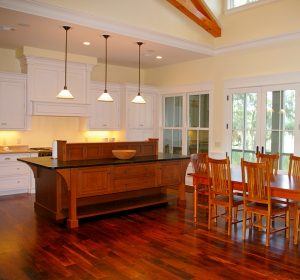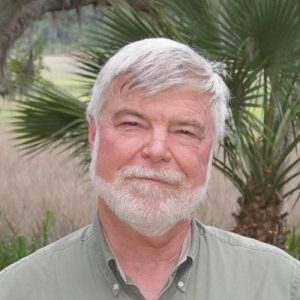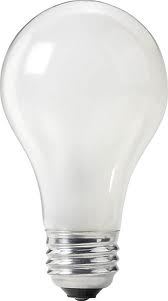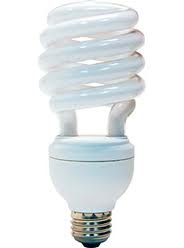03 Sep May-June 2011
Willis Sinclair Homes
“The Lowcountry’s Premier Custom Home Builder”
Kitchens are a very critical part of your home.
Let Willis Sinclair Homes build you a kitchen you will be proud to use and show!

A beautiful kitchen in one of our homes.
24 Gabriel Road
Lodge, South Carolina 29082
843 846 2500

May June 2011
Summer is here!
Memorial Day and the unofficial beginning of summer have passed us.
Here in the South Carolina Lowcountry, that means hot weather, rain and hurricanes.
It is important to think about house checks and monitoring.
Have you checked your home for rot or other damage. It is critical to stay on top of home maintenance here. Rot problems will not go away or get better. They get worse – much worse.
What if your air conditioner fails? In the humid summer, that means mold and mildew which means big problems. You really should have someone check your home on a regular basis to verify everything is working properly.
What if a pipe breaks in your house?
What if you have an infestation of ants or other unwanted creatures?
Some insurance companies require a person be in your house on a regular basis. Does yours?
Willis Sinclair Homes
Building (and remodeling) the best possible homes for the best possible price.
843 846 2500
When Willis Sinclair Homes does home checks, you get a detailed document showing what was checked, the results, the date, the time and a signature of who performed the check.
 From the desk
From the desk
of Bill Burdick …
This past month was pretty exciting for me. In March, I took and passed the test to earn my amateur radio license.
This past month (May), I took another test and earned my Extra Class license – the highest amateur radio license available.
Although I have worked in electronics for many years, I have never taken the amateur radio (HAM) tests. It is has been interesting to go back to hitting the books.
Here at Willis Sinclair Homes, “hitting the books” is what we often do. We keep up with new materials and building techniques. If the new materials and techniques are worthwhile (occasionally, they are), we implement them.
That is why we can build houses that are extremely energy efficient and yet very cost effective. We carefully study and evaluate.
Our goal is, as it always has been, to build the best possible home for the best possible price. We work very hard to reach that goal.
Call us. We would be happy to talk with you.
Bill
Vice President, Willis Sinclair, Inc.
Professional Engineer, Retired
843 846 2500
Lighting
For the past hundred years or so, Americans have had basically one choice for lighting: incandescent. Granted, in some home locations, florescent light have been used, but primarily home lighting has been based on Edison’s invention.
Today, compact florescent lights and even LED lights are making inroads – aided by politicians who have deemed incandescent technology bad.
What causes light?
Basically all light is caused by exciting atoms one way or the other. Often the atoms are excited by heating them.
This is the case with incandescent bulbs. Electrical current is run though the filament. This heats the filament past red hot to a white hot temperature. Many metals will not last long when they are heated so much, but tungsten does well.

Incandescent Bulb
Another trick our light bulb manufacturers use is to fill the light bulb with a clear inert gas (usually argon). This displaces the oxygen, so the tungsten will not fail until it has been used for hours. Typically, an incandescent light will last about 1000 hours.
The size and shape of the envelop (bulb) is very flexible for incandescent lights. This makes them very attractive for decorative lighting.
Halogen lights use basically the same theory, but they encase the filament in a quartz bulb. Glass cannot be used because halogens run much hotter than incandescent bulbs. Since they run hotter, they give off much more light. Incandescent filaments run about 4,500 degrees F. Halogen filaments run well over 5,000 degrees F. Halogen bulbs are much hotter than incandescent because the halogen bulbs are smaller and thus closer to the hot filament.
Old movie projectors used to use a gas torch to heat a block of calcium oxide (quicklime). The hot quicklime gave off an intense light. (That is where the expression, “being in the limelight” originated.)
Incandescent lights are very inefficient. Less than 5% of the energy they use is converted to light. The remainder is changed to heat. Florescent lights generate light differently.
Florescent lights excite atoms by having a high voltage applied to each end of the tube. Free electrons hit phosphor on the inside of the tube and that causes light.

CFL
Florescent lights are about four times as efficient as incandescent bulbs. Typically, their lifetime is longer than incandescent lights. With the “value engineering” (aka cheapening”) the lifespan advantage of CFLs seems to be much less than it was originally. There are some other problems with florescent tubes you should know.
One major problem is clean up if a florescent tube breaks. This includes CFLs (compact florescent lights) also.
One of the elements in florescent bulbs is mercury, a dangerous heavy metal. The EPA documents the recommended clean up procedure in a three page document on their site: www.epa.gov/cfl/cflcleanup.html. Here is a summarized list for cleanup:
-
Before cleanup
-
Have people and pets leave the room.
-
Air the room out for 5-10 minutes.
-
Shut off the central heat/air conditioning system
-
-
During cleanup
-
Be thorough in collecting broken glass and visible powder.
-
Place clean up materials in a sealable container.
-
-
After cleanup
-
promptly place all bulb debris and cleanup materials outdoors in a trash container.
-
Continue to air room with air conditioner off for several hours.
-
The EPA recommends you do NOT vacuum the area because it may spread the mercury throughout the air.
They also warn that mercury can leak through a plastic bag. That is why you are to take all debris outside.
Another disadvantage of florescent lights is the cost although that is coming down now. Florescent lights also look more like office or garage lights than incandescent lights.
LED (light emitting diodes) lighting is now becoming available. While it has a large cost disadvantage, it does have a lot of advantages. They are very efficient and rugged.
There are two basic types of LED lighting. LEDs inherently give off only one color of light. To get white, there are two choices. One is to incorporate three different LEDs (a red, green and blue) chips in close proximity. By adjusting the light from each chip, a good white color can be achieved. This is the more expensive way to create white light from an LED.
A second way is to combine phosphor with the LEDs. (pcLEDs) (phosphor coated LEDs). The production cost is lower, but the color is what it is.
Another disadvantage which drives much of the cost is that LEDs operate at low voltage – typically three or four volts. To run them from a normal power line, they have to have a built in power supply which adds to the cost and cuts into the efficiency.
Typically, an LED does not emit much light compared to an incandescent light, so an LED ‘light’ really had many LED chips in it.
LED lighting as well incandescent are available in many shapes including spotlights, floodlights and decorative shapes.
At the moment all three types of lights are available. In the near future, incandescent maybe eliminated by our government in the name of power savings.
If you have questions, call us. We can help.
Willis Sinclair Homes, where ‘Built Right’ is the only ‘good enough’ we understand.

Call Us
843 846 2500





No Comments